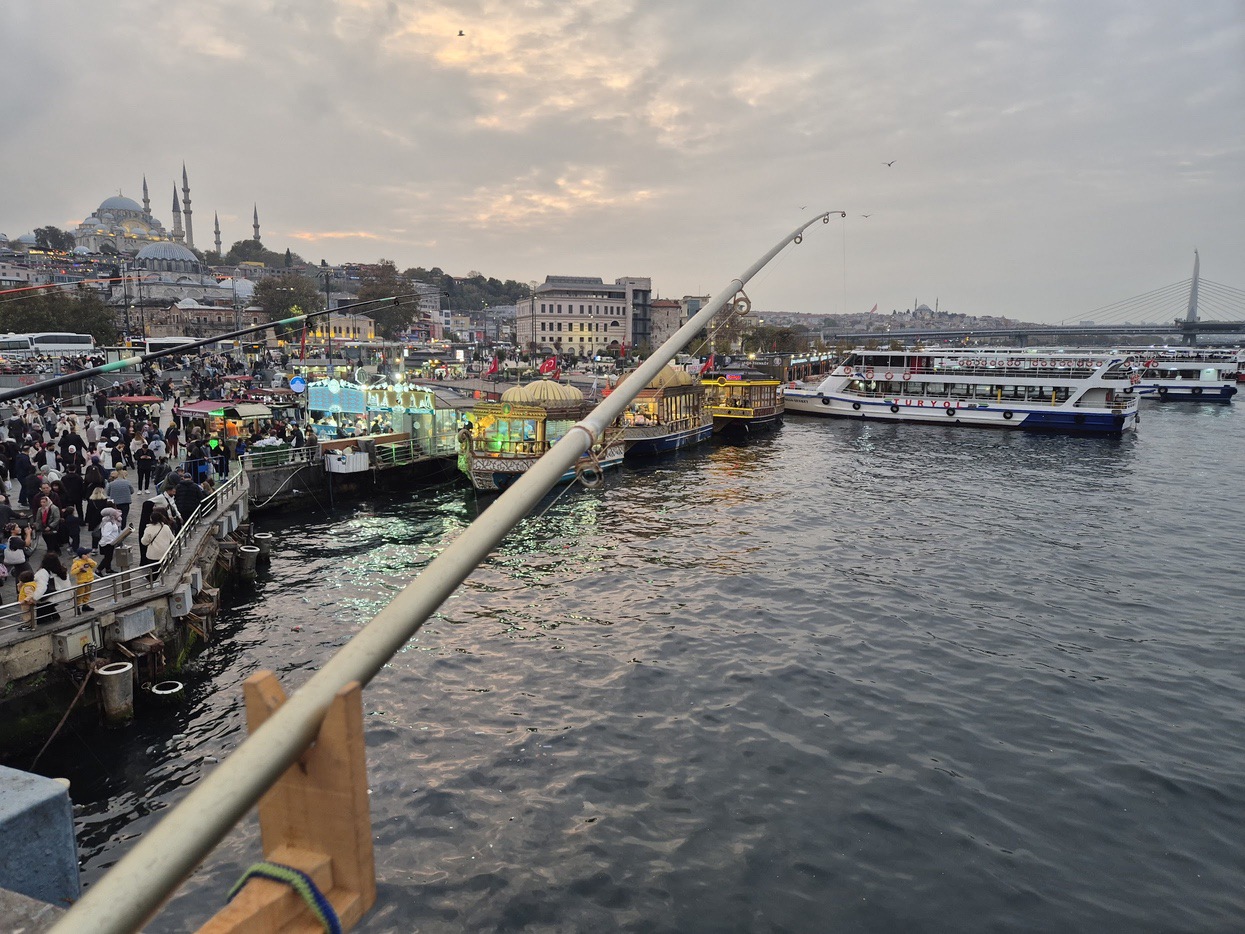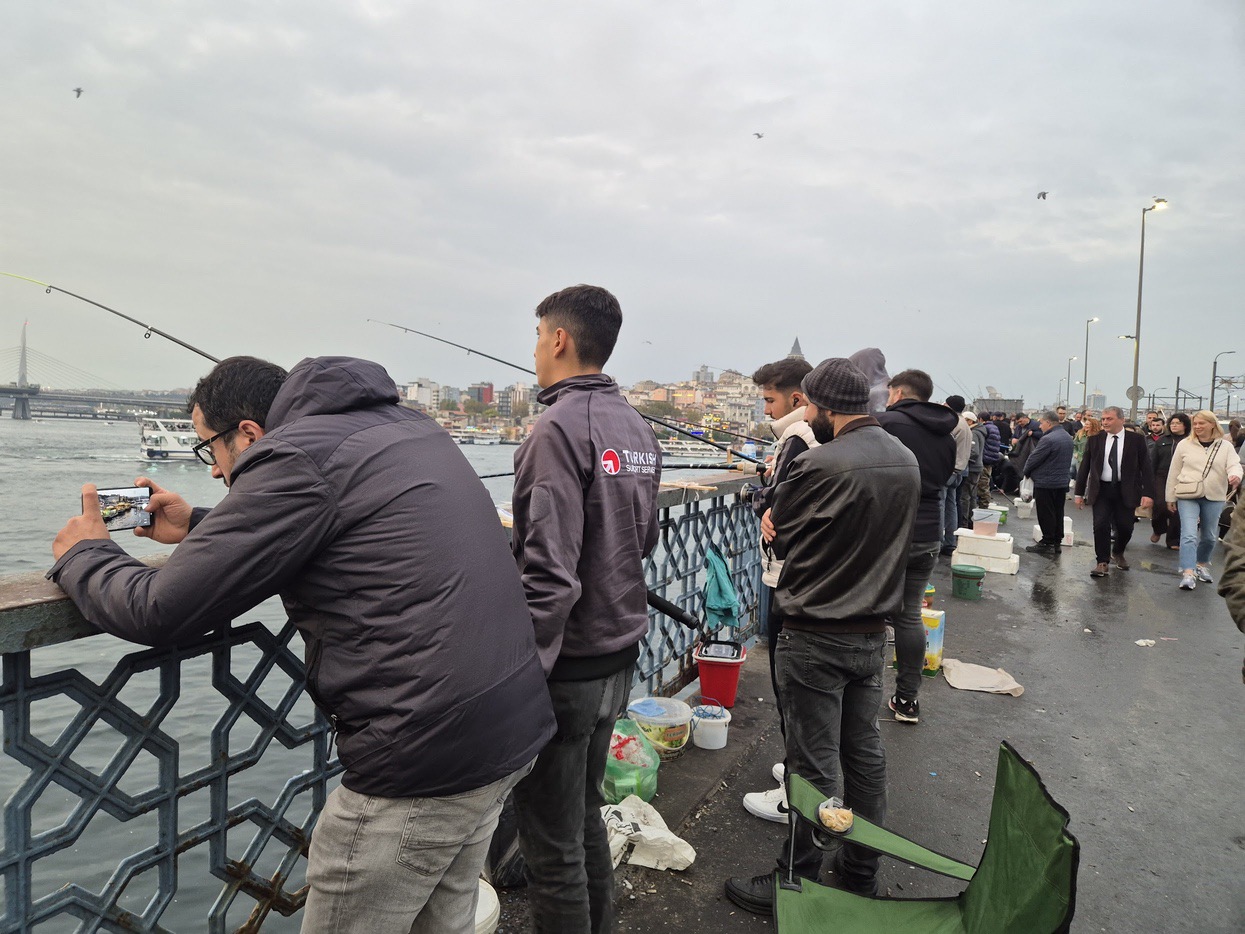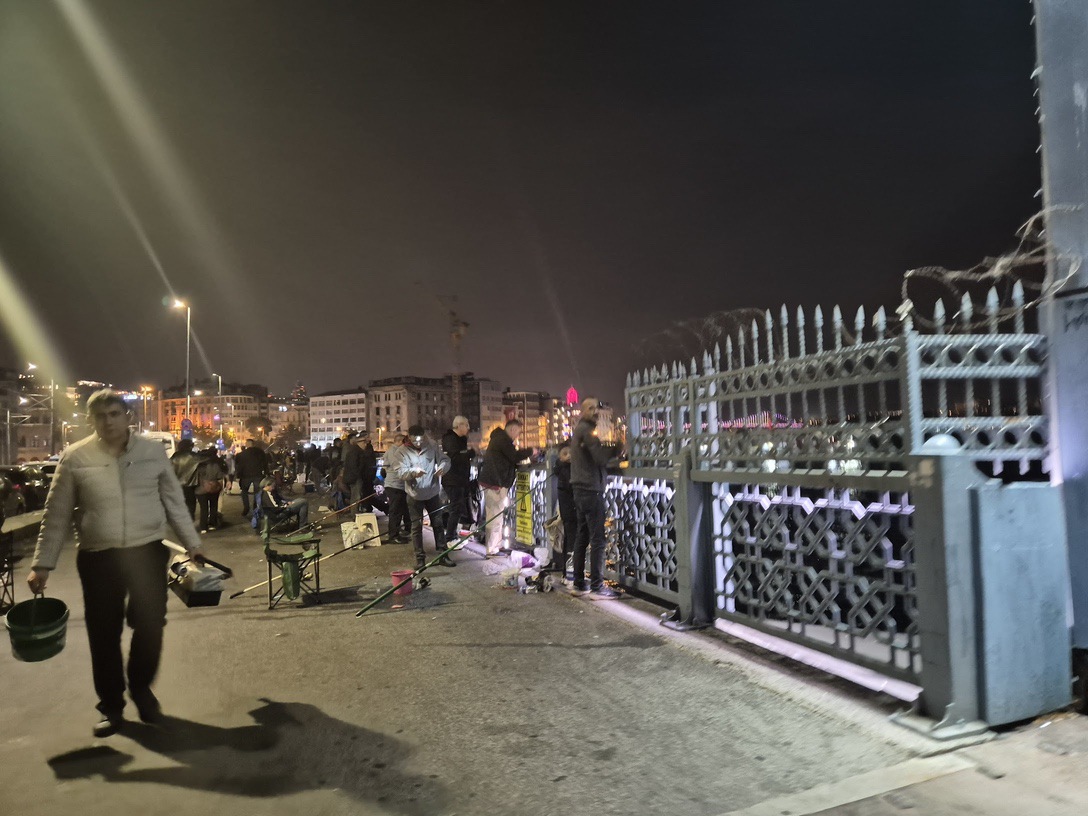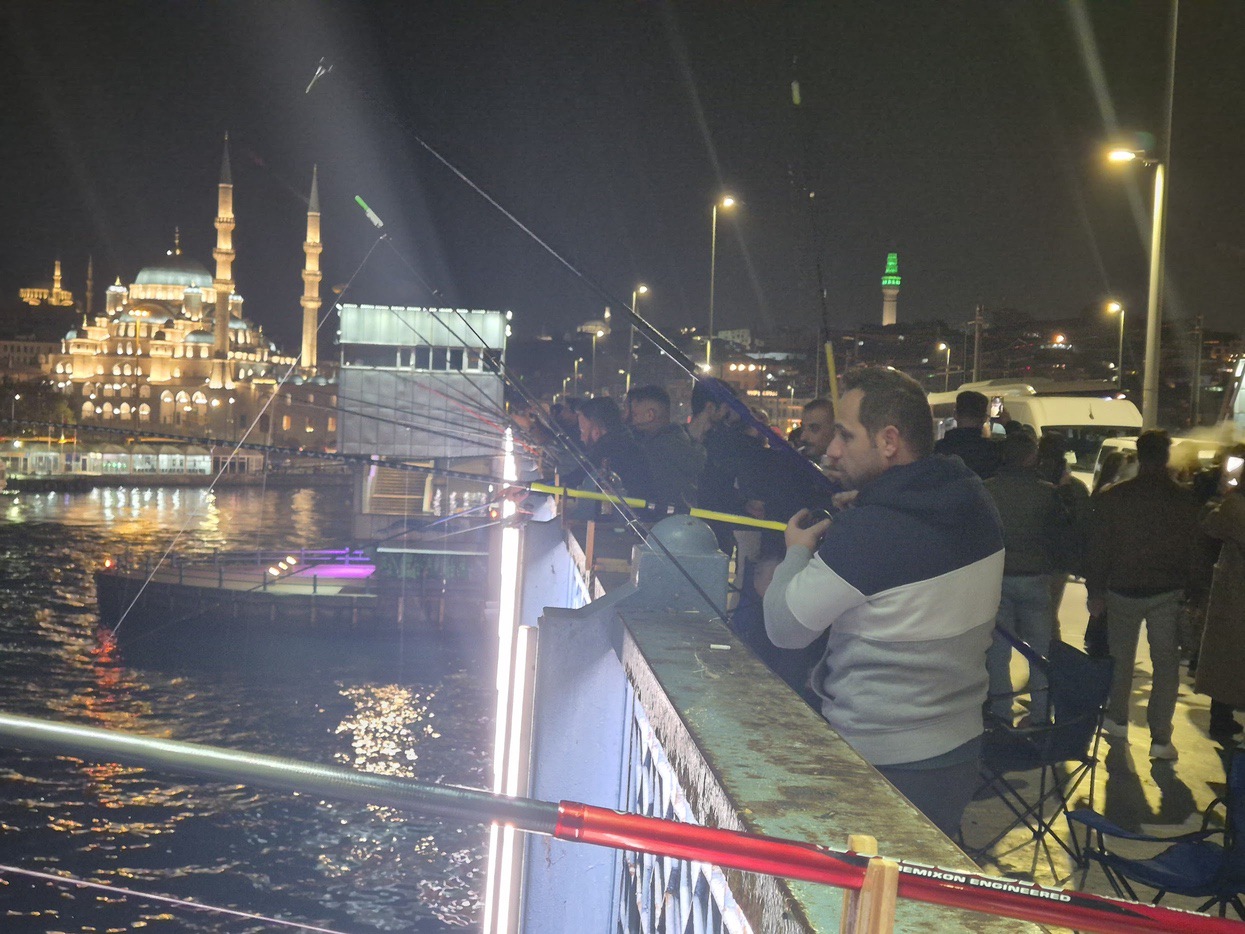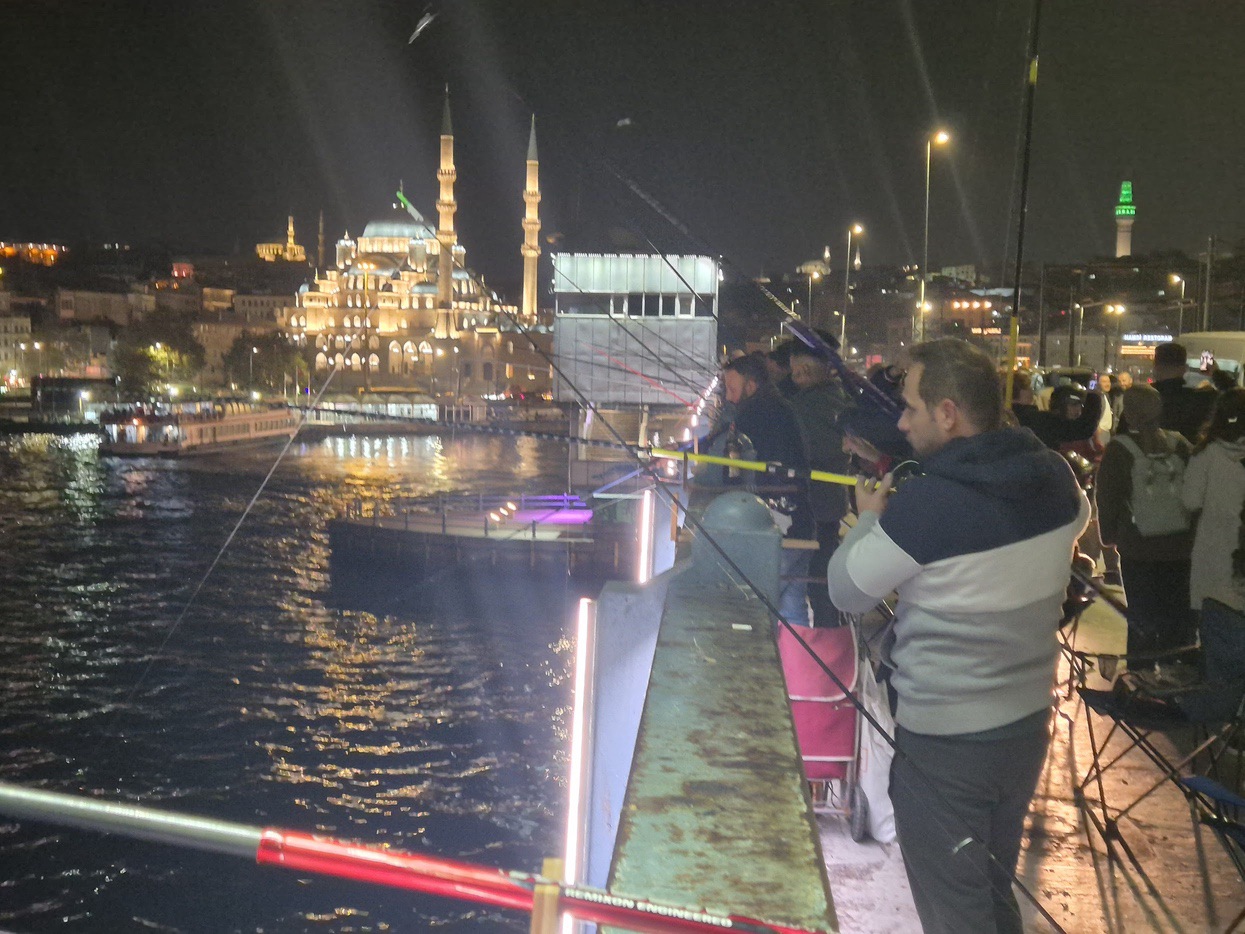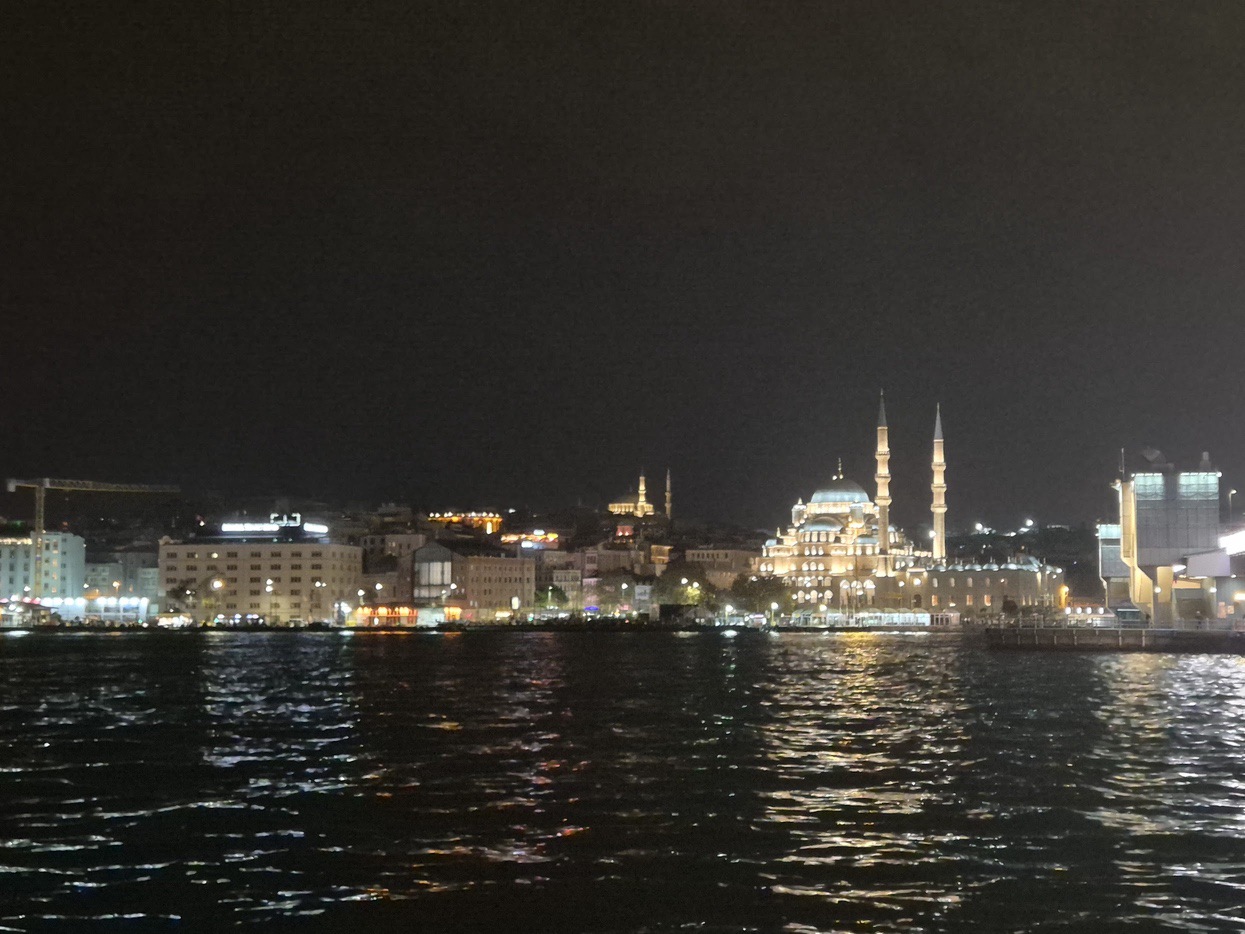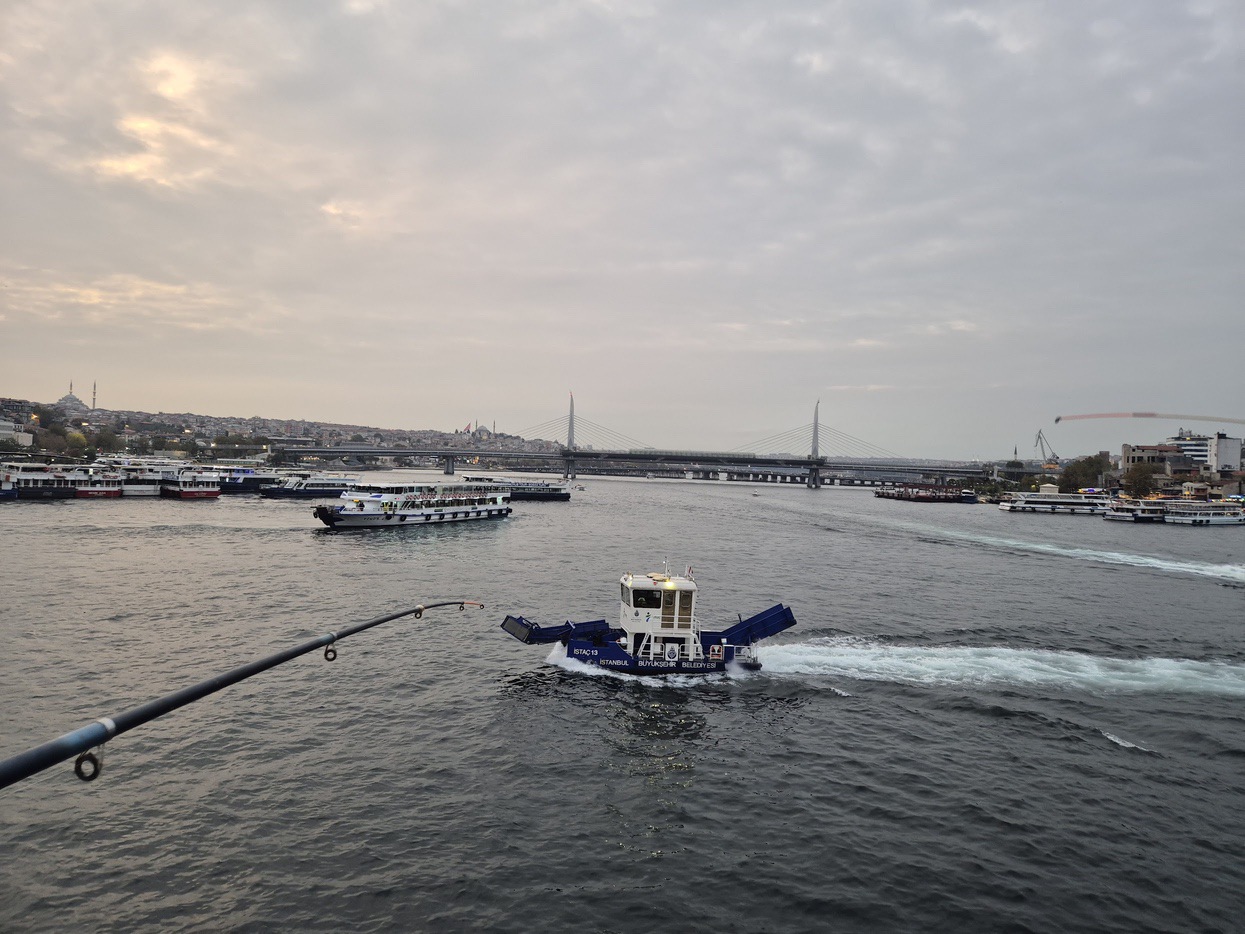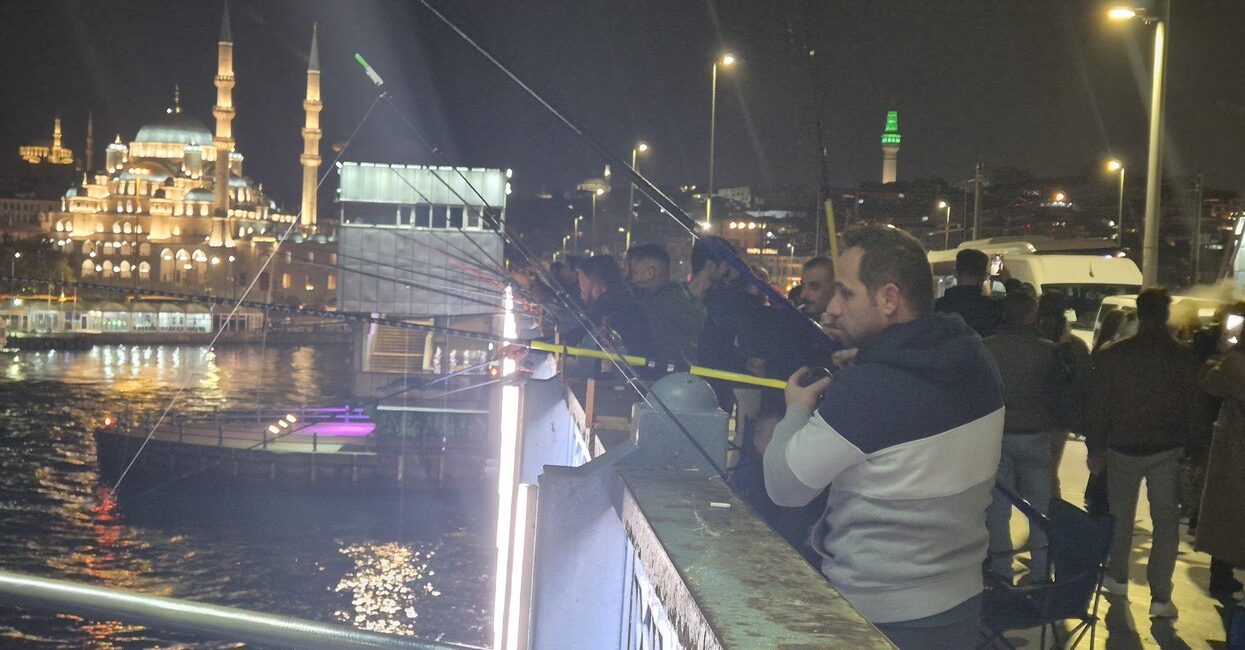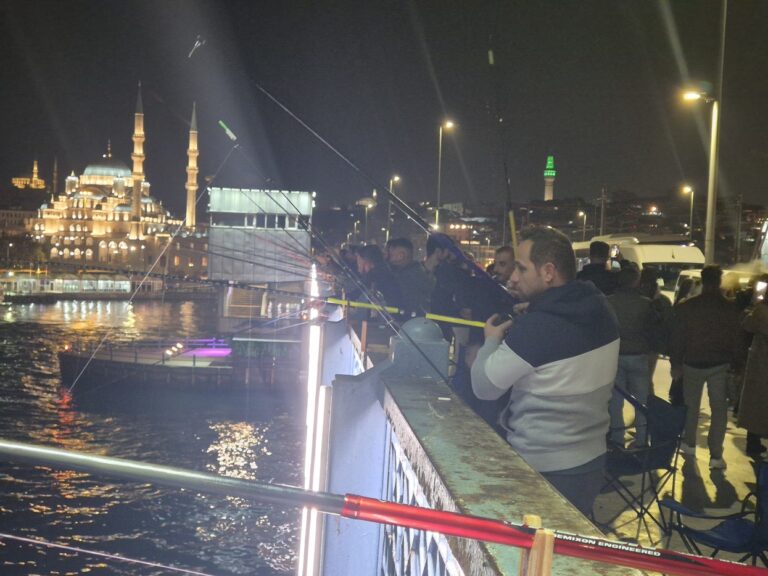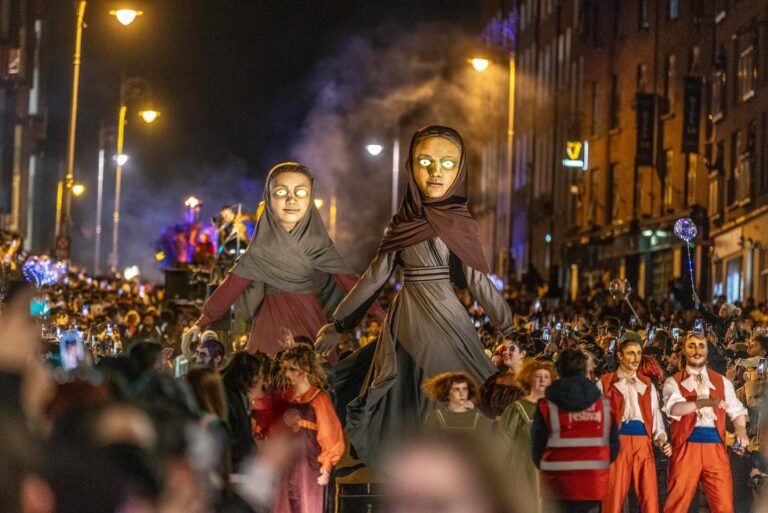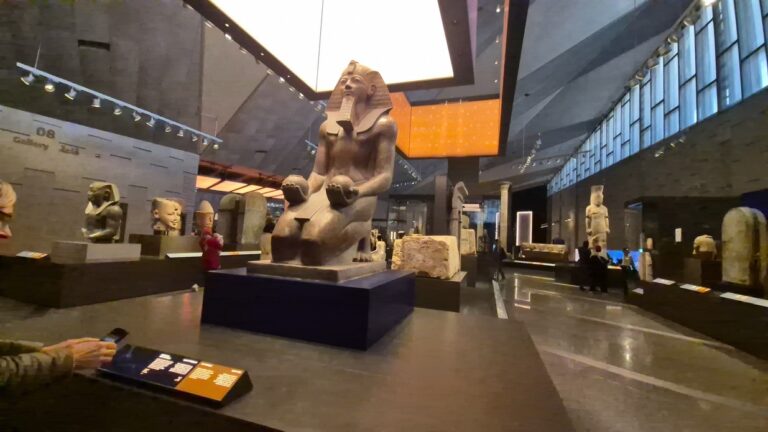When night falls over Istanbul and the lights shimmer on the waters of the Bosphorus, life changes rhythm. Along the shores, among the smells of grilled fish and the sounds of ship horns and car engines, one of the city’s most timeless scenes unfolds — the quiet ritual of the fishermen on the Galata Bridge.
With their rods stretched over the dark waters, men of all ages — workers, retirees, students — become part of a chain that has lasted for decades. It’s not a profession, but a habit, a ritual, a form of companionship. Some fish to sell a few kilos at the Karaköy market, others for their family table, and others simply for the peace the sea offers when it glimmers under the streetlights.
This tradition, born in the early 20th century, has become a symbol of the city itself. The fishermen of the Galata Bridge are not tourists or passersby; they are the constant guardians of the passage between East and West — embraced by the Bosphorus as if it were their own home.
 How the tradition began
How the tradition began
The habit of fishing from the Galata Bridge began in the early 1900s, shortly after the construction of the first steel bridge in 1912.
At that time, many residents of Istanbul — mainly men from the poorer neighborhoods of Eminönü and Karaköy — fished to secure their daily meal. The Bosphorus was then rich in fish — mackerel, bonito, mullet — the main source of protein for much of the city’s population.
Over time, fishing on the bridge became part of Istanbul’s urban culture. Men gathered there not only to fish, but to talk, share news, and sip tea. It was a social meeting point — a “men’s café above the sea.”
When the new Galata Bridge was built in 1994, special fishing areas were intentionally preserved, as the image of the fishermen had already become a symbol of Istanbul’s identity.
Today, hundreds of people fish there every day. Some for a living, others for companionship, and many just to feel the sea breeze and the calm of the Bosphorus.
As several of them told us during our conversations:
“The Bosphorus feeds us — but above all, it soothes us.”
Where life turns into celebration
Somewhere between the fishing rods and the waves, spontaneous street celebrations take place — a unique feature of the Galata Bridge.
A street musician picks up his saz, a couple dances on the pavement, and a fisherman puts down his rod for a moment to clap along.
The music mingles with the whisper of the water and the lights of passing boats — the same melody that keeps the city’s soul alive.
In these moments, Istanbul is not just a metropolis; it’s a living organism that celebrates its own heartbeat — there, on the bridge that unites two continents and two worlds.
The Stage of a City’s Life
The Galata Bridge becomes a stage for Istanbul’s life. On one side lies the old city with its mosques; on the other, the Galata Tower and the cafés of Karaköy. Between them stand the fishermen and the musicians — connecting East and West, sea and sky.
As they say themselves, “As long as there are fish in the Bosphorus, there will be songs on the bridge.”
